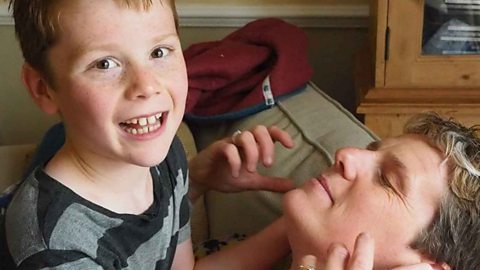Typically, children with special educational needs and disabilities (SEND) would participate in physical activity outdoors and in school. Recently, school closures and restricted access to outdoor spaces such as parks has meant that parents and guardians will have to take a more active role in encouraging and supporting their children to be more active at home, especially if they are âshieldingâ.
Benefits of being physically active include improved cardiovascular fitness, reduced risk of becoming overweight or obese, and increased bone and muscle strength. A relationship also exists between physical activity and improved mental well-being, problem solving skills and concentration. Here are five top tips for helping your children to be more physically active at home.
1. Keep it fun
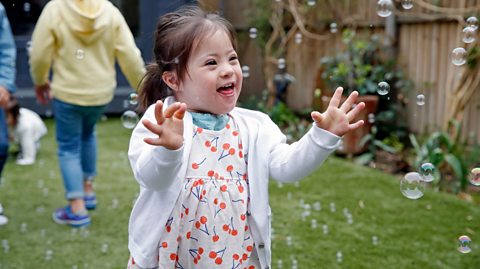
Physical activity should be fun. If your child experiences pleasure while being active it will motivate them to want to do it again. You know your child best so try and develop a positive connection between what they like and physical activity. My son, for example, loves superheroes. He enjoys nothing more than dressing in one of his superhero costumes to shoot a basketball, bowl a cricket ball and perform gymnastic sequences.
For older children, you could use their love of video games as an incentive: âif you play football for 30 minutes you can play your video game". But every child is different. Think about what your child enjoys and how that may help to motivate them to sit less and move more. Self-competition, where your child tries to beat their best score, can be fun and provide a source of motivation for some children. Other children are motivated by rewards such as star charts, stickers and home-made âtrophiesâ. For older children, knowing the impact of moving more on physical and mental health can be a source of motivation. For all children, however, praise received from parents, guardians and brothers or sisters can be the best way to motivate.
2. Use what youâve got
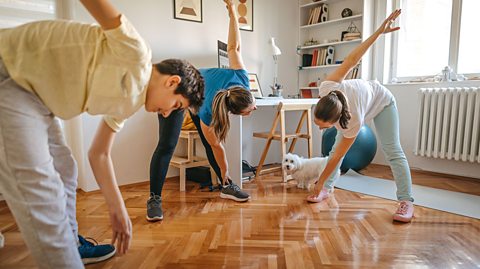
Before deciding how to be physically active, you will need to think about what you have available at home. The space you are able to use will influence what you can do and how it can be done. If you have a garden, tag, chase, sports such as football, rounders, netball and handball, and your own version of âThe Daily Mileâ, are all possible.
For those with limited access to outdoor space at home, more stationary forms of movement can help to improve physical fitness and mental wellbeing. For instance, my son really enjoys doing mini-circuits, dance routines, yoga and Super Movers active lessons in the living room. The same principle applies to equipment: use what youâve got. If youâve got balls, bean bags, cones, rackets and bats, think how you can create a fun game that encourages your child to be active. Also think about how other household items may be used as equipment. For instance, buckets can become targets, furniture can become obstacles, and chalk can be used to create your own âplayground markingsâ on any flagged areas outside. Obviously, it is important that these activities are safe to do.
3. Make sure it is suitable
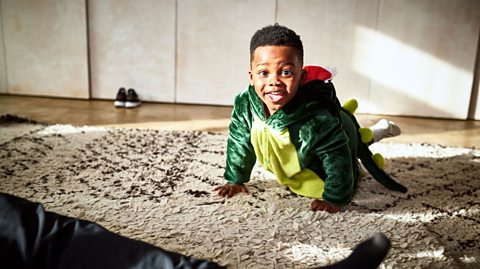
Children with SEND, like all children, have different needs and capabilities. Therefore, it is important that physical activities are tailored to the abilities of children. âOne size fits allâ approaches are often inappropriate. Mini versions of adult physical activities can also be unsuitable for some children. The focus should instead be placed on emphasising and celebrating the abilities of your child as this can help to boost their self-confidence, self-esteem, and motivation to move more.
4. Involve your child in physical activity decisions
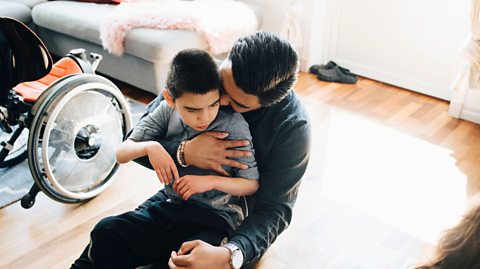
As a parent or guardian, you know your child better than any other adult, including teachers. However, it is important that you involve your child in decisions about physical activity participation. They are the âexpertsâ here because they will have experienced physical activities in school so will have developed an understanding of what their bodies can and cannot do. Often, children find self-initiated, less structured and self-regulated physical activities more enjoyable and motivating. However, this can depend on age and physical activity preferences. In most cases though, child-centred approaches can make children feel valued, empowered and motivated. Who knows, you may learn more about your child through discussing their physical activity preferences.
5. Get the family involved
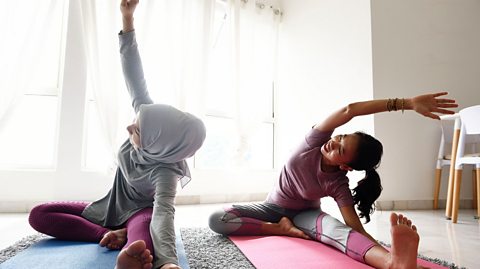
Family involvement is crucial. Parents and guardians, and brothers and sisters, act as role models to children. Children with SEND, like all children, are more likely to be physically active if their family join in. Therefore, being active at home as a family, wherever possible, is important. Playing games, having a go at an exercise circuit, or doing a version of âThe Daily Mileâ together as a family will benefit you and your children, both physically and mentally.
Your children will find it more pleasurable and be more likely to want to do it again. If you have access to a smart phone, tablet or laptop, you may also be able to involve your wider family. This could be done âliveâ so that family members can do, for instance, yoga together, or you could record your child being physically active and send it to family. This is a great way of motivating children to move more (âletâs make a video of you doing your dance routine for grandpa and grandmaâ) and, of equal importance, it can help keep children and their wider family connected during lockdown.

Resources to support physical activity
Numerous organisations have developed free-to-use resources to support childrenâs engagement in physical activity.
As mentioned earlier, Super Movers invites children to move while they learn. have developed resources to support parents and guardians to build physical activity and physical education into their home schooling routines. UK Active Kids teamed up with Nike to create , which is a programme designed to help children engage in 60 minutes of daily recommended activity. The and various national disability sports organisations such as , , , all have free resources that parents and guardians can use to support their children (and the whole family) to become more physically active while at home.

By Dr Anthony J. Maher, Senior Lecturer in Physical Education and Children's Physical Activity.

More from ±«Óătv Bitesize Parents' ToolkitâŠ
Parents' Toolkit
Fun activities, real-life stories, wellbeing support and loads of helpful advice - we're here for you and your child.

What are the benefits of inclusive sport for my disabled child?
How taking part in sport and accessing clubs can help children with disabilities to thrive.
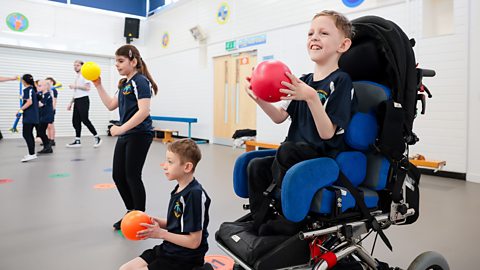
What is inclusive sport and how can I play at home with my child?
How to adapt inclusive sports at home for disabled and non-disabled children.
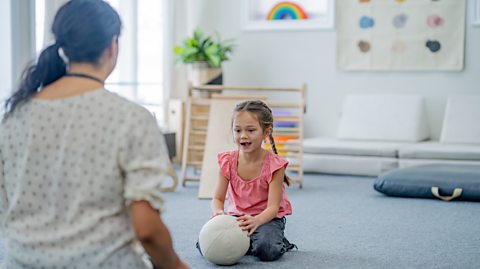
Christine McGuinness - How my autism can help me to help my kids
Christine McGuinness talks about the positives and challenges she's faced through her life as a mum since diagnosis.
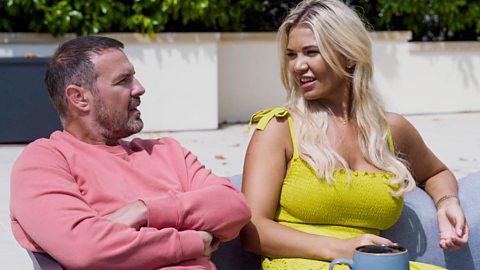
Why I moved my child with SEND to a specialist school
Julie, mum to six-year-old Grace, explains why she now sends her child with SEND to a special needs school.
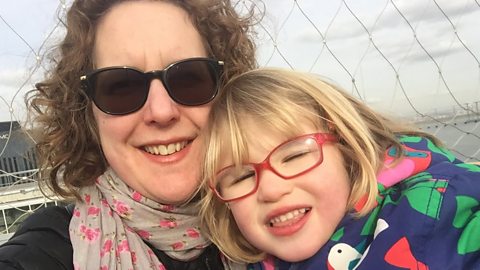
How home schooling helped my child with AuDHD
Sarah Barker describes her son's transition from mainstream school, to home schooling, then to special school. From ±«Óătv Bitesize.
